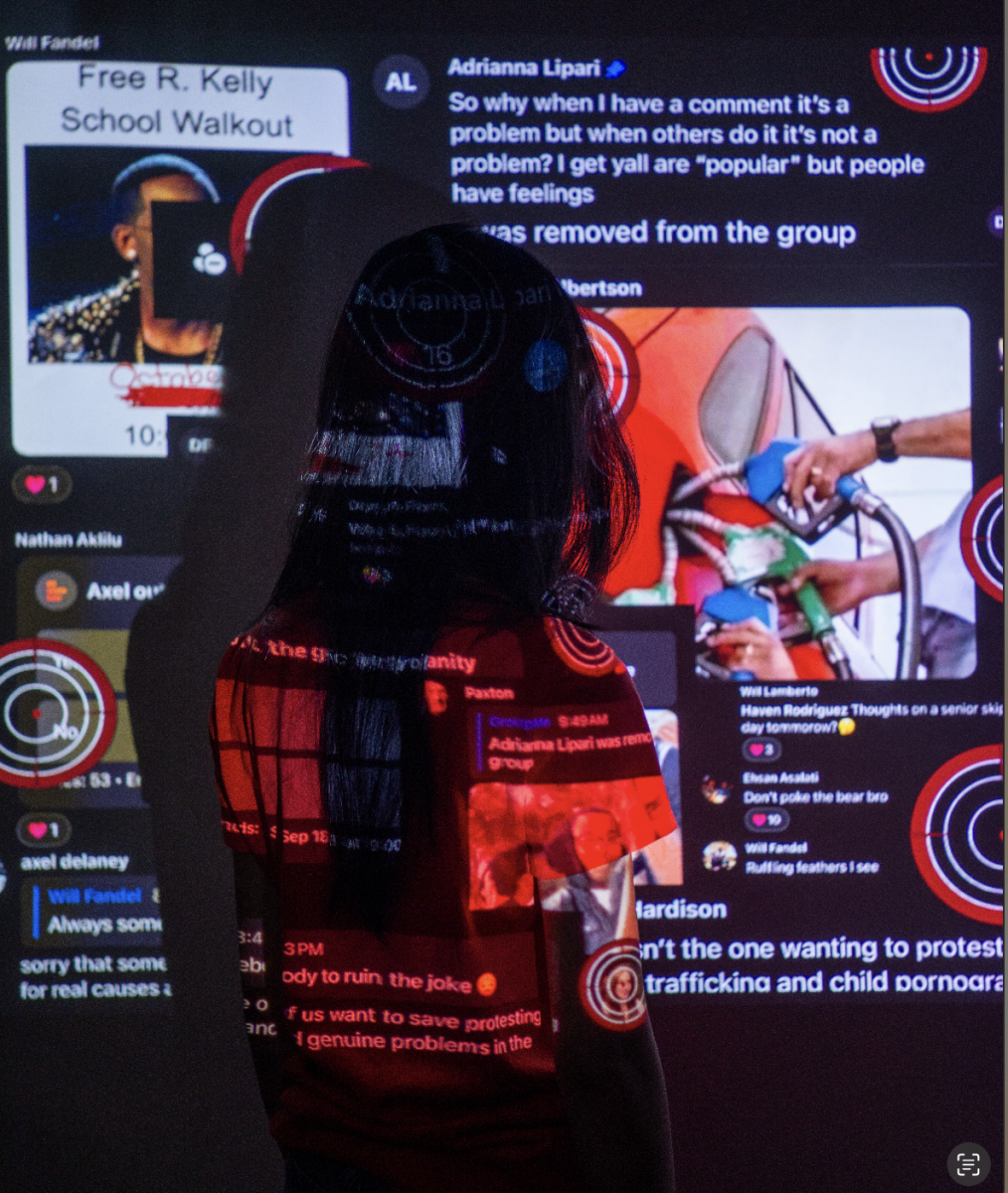It’s 12:30, the third lunch bell just rang and students from all over school push their way into the cafeteria. In less than a minute, the line has snaked its way from the entrance of the kitchen to the doors to the cafeteria on both sides.
After three years of going through that long line, senior Naman Saini is done. Done with the long lines, done with the greasy food, and done with everything having to do with school lunch. And today she would’ve skipped the whole process if she would’ve brought her own lunch today.
After 10 minutes of waiting, Saini has a tray and is right in front of the pizza aisle and there’s only a few slices left. Pepperoni, meat lover and no cheese slices. The veggies and fruits are down to the bottom of the plates and there’s barely enough to fill a decent plate. Aside from that there’s just a lonely tray of a couple white paper bags filled with fries. With a little bit of hesitation she grabs a slice of pepperoni and a packet of fries.
91% of students answered an Instagram poll and said that lunch supply during third lunch is the lowest, and the lines are way more chaotic than the other lunches, making wait times longer.
The school is required to serve students some kind of lunch throughout the day due to the Richard B. Russell National School Lunch Act, signed into law by President Harry Truman all the way back in 1946.
“There’s got to be a happy medium here,” Shepherd said. “I can’t order 60 pizzas and throw 20 out every day. That’s wasteful and costly, and we cannot afford to do that. So it takes time to figure out where is that happy spot, you know, without having four and five pizzas left over every day, but not running out halfway through third lunch.”
This shortage of food isn’t technically violating those laws, but they are risking it. With lunch items still being provided, but not at all times, student meals are getting considerably smaller. Many students are unable to get all four main food groups pushed by the U.S. Department of Agriculture.
“While there’s always *something* there to eat,” Junior Zadie Tenpenny said. “I’m sure that at the beginning of the hour it’s fully stocked, but if you wait ten minutes like me your options are very limited. There’ll be like one staff cooked entree, no pizza, and a couple sandwiches to choose from. Sometimes they replenish the produce but not always. I don’t remember my underclassmen years being like this.”
71% of the students who answered the poll throughout the school voted that lunch supply has gotten significantly worse from previous years. This year the available food budget has dropped and the amount of district spending has risen compared to previous years.
Through the public forms it can be seen that the available budget has actually fallen by 1.8% from previous years. Meaning that our district is relying more on students to supply their own lunch rather than relying on the state and federal government.
Unlike previous years the district food spending has actually increased with expenditures for supplies and services rising by 34% from the last four years.




